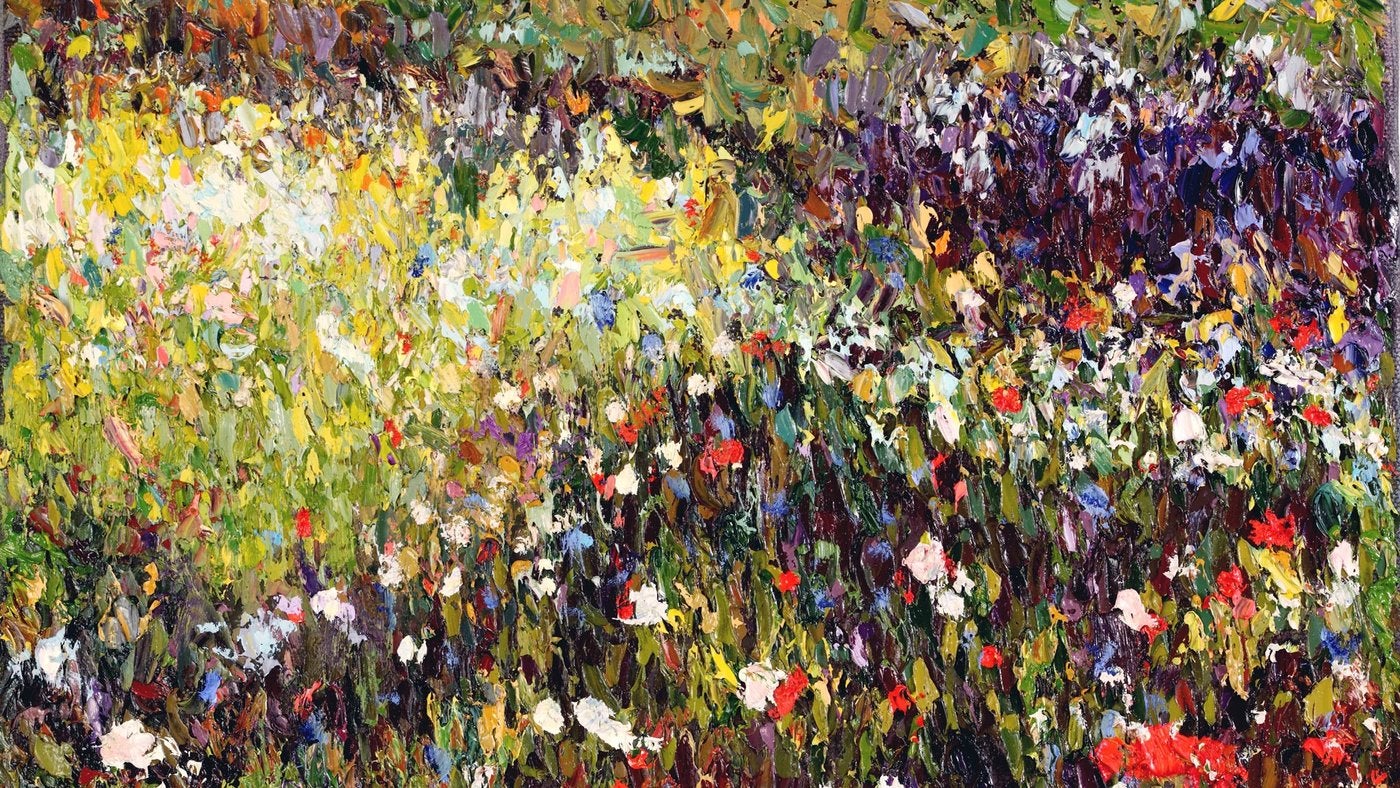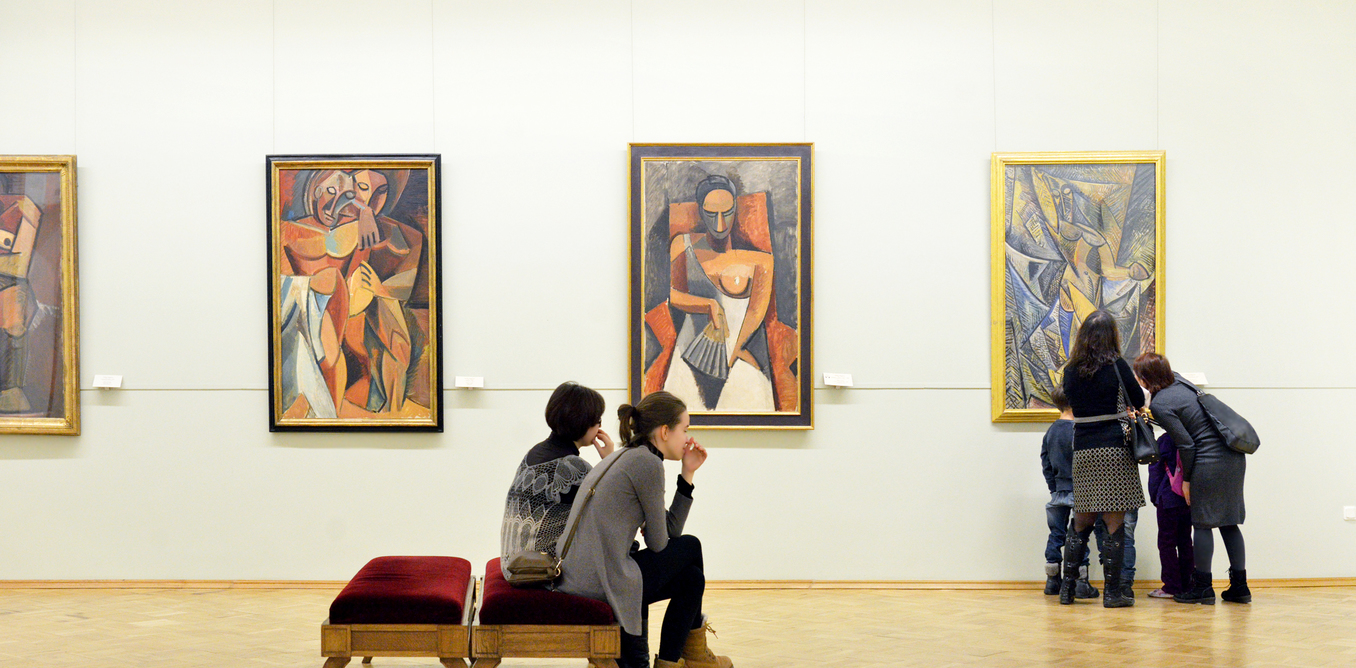Painstaking Lessons Of Tips About How To Write An Art History Abstract

To present at an academic conference, such as the symposium, it is expected that presenters prepare an abstract, which simply represents a summary of the research.
How to write an art history abstract. Completing a thesis or dissertation. Read the paper with the abstract covered. Additional information on writing abstracts is available in dr.
The following are basic guidelines that you must use when documenting. An abstract lets readers get the gist or essence of your paper or article quickly, in order to decide whether to read the full paper; Patrick hajovsky about this guide this guide contains the following sections:
Debora levy, deboralevyart.com, combines realism with abstraction. Submitting a research paper to an academic journal. It includes recommendations for the content and presentation of the abstract, as well as examples.
Many students do not get a chance to study art history until they take a college course, so art history may be a new field of study for you. But writing an abstract goes beyond merely creating. Then try to write an abstract based on your reading.
When she asked me to write about her art i offered this: How to write art history. An abstract prepares readers to follow the detailed.
About writing in art history types of writing in art history evidence in art history. Art history, museum studies, & documentary 1.
Even though you are new to analyzing. You will almost always have to include an abstract when: A website with helpful tips for writing art history papers is posted by the university of north carolina.
My students are often concerned that when. Pick a scientific article in your field. Sample abstract for interdisciplinary research in literature, history, and political science:
You will be expected to write several different kinds of art history papers. Abstracts of art history papers typically include a concise description of the. When making abstract art, the most important thing to remember is that you can’t go “wrong”.
This presentation will focus on the destiny of the preserved specimen collections in the musée de l'homme (1937) and the musée du quai branly (2006). Close visual analysis in dialogue. Use the right language in your submission.



/jm-aa_08_08-57a9c0ef5f9b58974a227328.jpg)














